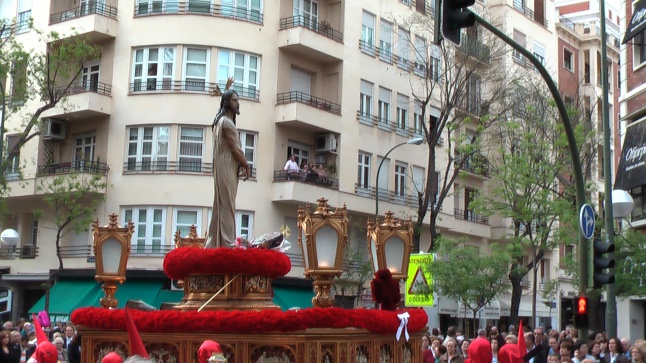The word siesta (that nap people take in the afternoon) is as well known and popular as the word tapas. In the same way that you can’t assume that Spanish people eat tapas all day, you also can’t assume that all Spanish people take siestas. Some do and some don’t, but the time after lunch, from around 3.30 to 5.30 pm is still referred to as la hora de la siesta.
As you can imagine, I never thought about the origin of the word siesta, it’s just a word. But yesterday I was reading Tony Schwartz’s excellent book Be Excellent at Anything when I came across the origin of the word. The book talks about how to structure your work and look after yourself to make the most out of life (a very, very interesting proposition and one which is laid out extremely well). The author dedicates quite a chunky chapter to sleep and mentions the restorative power of naps. It also talks about how useful and productive dividing your day into separate periods can be. The Romans used to do it apparently, as far as the first century B.C. One of these periods was the midday rest, which took place six hours after dawn, so it had the name of “sexta”, sixth. Sexta has eventually involved into siesta, which has come to mean “the nap after lunchtime”.
If you’re like me and begin to feel sleepy just before lunch, around, then you might be related to a bovine animal, as this nap is referred to as “la siesta del carnero”, the ram’s nap.
(For more on Siesta, check out the A to Z of Spanish Culture podcast on iTunes.)


